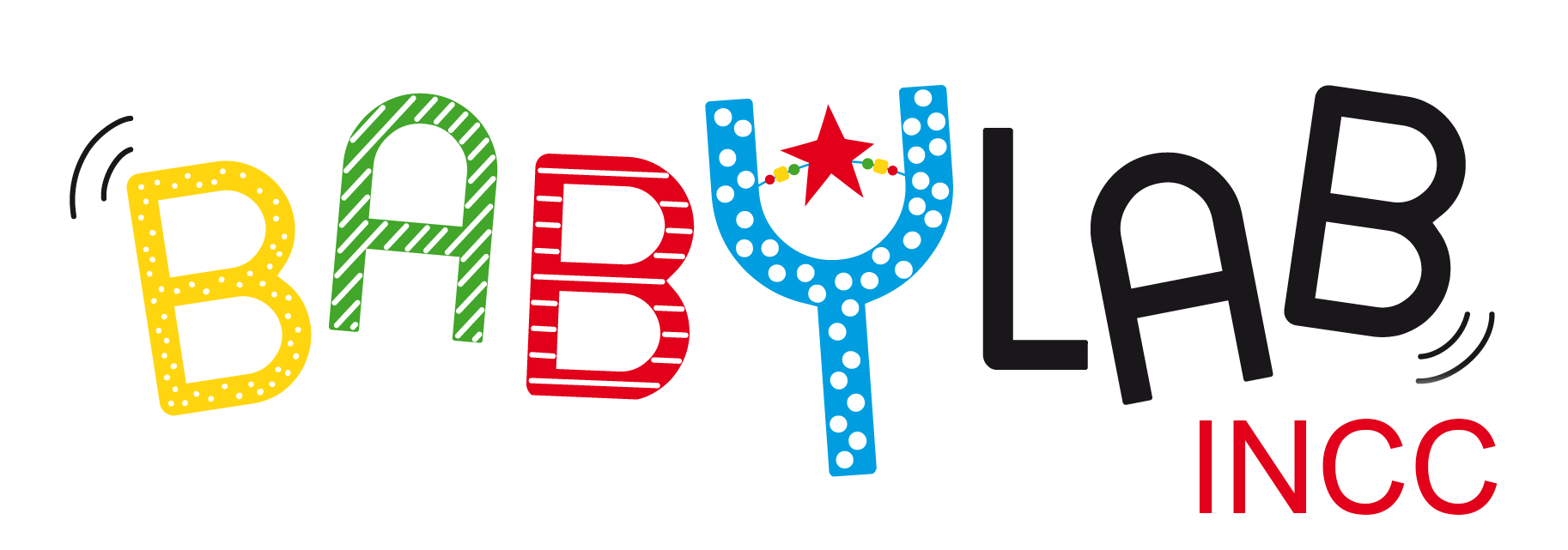Ranka Bijeljac-Babic
Retired Associate Professor – Hosted

Most babies are likely to learn several languages. I am trying to understand how children who are bilingual from birth acquire their two languages. Currently, I study monolingual and bilingual infants’ ability to perceive and produce the accentuation of words in different languages.
Relevant links: Summary of research and recommendations on bilingualism in nursery and elementary schools (in french)
Ongoing project
The Real of Magnitude Representations: Origins and Neural Basis (NUMPSA)
Magnitude corresponds to the ability to discriminate and represent magnitude information. Studies on newborns from a few hours old, and on pre-verbal babies in the first year of life, to establish the origins, neural bases and characteristics of the ability to represent magnitude information.

Project team lead
Maria Dolores (Lola) de Hevia
Intuitive Foundations for Geometry: Euclidean geometry and beyond – Geometries
This project aims to characterize geometry on different axes through geometry based on spontaneous intuitions for angles, invariance phenomena, or even reasoning in geometries.

Project team lead
Véronique Izard
Mechanisms of Early Language Acquisition : Brain and Behavior (MELA)
This project explores how young children are guided by their perceptual and learning abilities during their first steps towards language. Our main objective is to understand how early perception and learning abilities are articulated during the acquisition of the most fundamental properties of the mother tongue.

Project team lead
Judith Gervain
Scene perception and semantics
Our goal in the current project is to study the cognitive and neural mechanisms underlying the development of semantic scene knowledge and the detection of semantic incongruence in visual scenes.

Project team lead
Pia Rämä
What makes newborn walking: role of visual and somesthesic stimulation

Project team lead
Marianne Barbu- Roth
Spatial components of numerical and ordinal information: origins and development

Project team lead
Maria Dolores (Lola) de Hevia
ERC Advanced Grant FEEL and GoalRobots

Project team lead
Kevin O'Regan

Project team lead
Jacqueline Fagard
The efficient neural coding of sounds

Project team lead
Judith Gervain
Role of visual information in speech perception/production development

Project team lead
Thierry Nazzi

Project team lead
Arlette Streri
A general sense of quantity at birth

Project team lead
Maria Dolores (Lola) de Hevia
Selected Publications
– Bijeljac-Babic, R. 2019. Développement du langage chez l’enfant monolingue et bilingue. In Le développement du bébé : de la vie foetale à la marche, E. Devouche et J. Provasi, Paris : Elsevier Masson.
– Höhle, B, Bijeljac-Babic, R., Nazzi, T. 2019. Variability and stability in early language acquisition: Comparing monolingual and bilingual infants’ speech perception and word recognition. Bilingualism: Language and Cognition, 1–16.
– Bijeljac-Babic R, Höhle B, Nazzi T. (2016). Early prosodic acquisition in bilingual infants: The case of the perceptual trochaic bias. Frontiers in Psychology, 7, 210.
– Bijeljac-Babic R, Nassurally K, Havy M, Nazzi T. (2009). Infants can rapidly learn words in a foreign language. Infant Behavior and Development, 32, 476-480.
– Höhle B, Bijeljac-Babic R, Herold B, Weissenborn J, Nazzi T. (2009). The development of language specific prosodic preferences during the first half year of life: evidence from German and French. Infant Behavior and Development, 32, 262-274.
